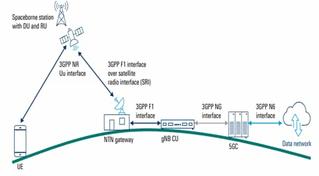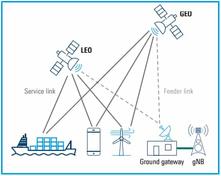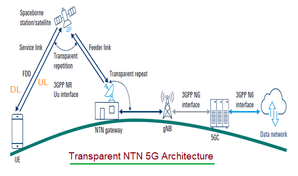Difference between Moving Beams vs Earth Fixed Beams
Advertisement
This is one of the most fundamental concepts in 5G Non-Terrestrial Networks (NTN) design, especially for LEO and MEO satellite systems. The terms Moving Beams and Earth Fixed Beams describe how satellite coverage beams are managed and referenced relative to the Earth’s surface. This has a major impact on mobility management, handover and system complexity.
Earth Fixed Beams Type
- In Earth-Fixed Beams, each beam’s coverage footprint is fixed to a specific area on the Earth’s surface; even though the satellite itself is moving in orbit.
- As the satellite moves, different beams on the satellite are activated or steered to continuously cover the same geographic area.
- The beam pattern is “locked” to the Earth’s geography, not to the satellite’s body.
- Requires beam steering or switching to maintain fixed coverage regions.
- Advantages : Simplifies UE handover, Easier network planning etc.
- Disadvantages : Requires complex antennas on satellite, higher power and computation cost
- Application: Ideal for broadband or fixed service areas (e.g., rural coverage).
Moving Beams Type
- In Moving Beams, the beam’s footprint moves along with the satellite as it orbits the Earth.
- Each beam is fixed relative to the satellite, not the Earth.
- Users experience frequent beam changes as satellites pass overhead.
- Advantages : No need for beam steering, reduced on-board complexity,
- Disadvantages : High handover frequency between beams and satellites, Complex mobility management
- Application: Suitable for fast moving constellations like LEO, where beams naturally move quickly.
Summary: Moving beams sweep across the ground, while earth fixed beams remain pointed at a specific geographic location to extend service time for users in that area.
Advertisement
 RF
RF

